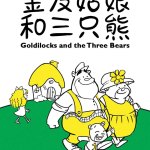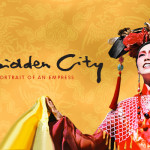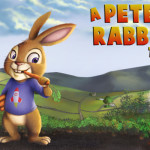“Goldilocks and the Three Bears (in Mandarin)”
Reviewer: Jemima Yong
Performance: 15 March 2015
Impatience and anticipation in the foyer mounts as the minute hand strikes five past two. The doors open late; there is a palpable rush into the theatre – what satisfying enthusiasm!
The design of the production is impressive and well-conceived – a towering wood magically transforms into the interior of the bears’ house with light and sound dancing harmoniously through the musical. Francis O’Conner’s set is ingenious, ergonomic, mechanically swift. Gabriel Chan’s lighting was inspired and Jeffrey Yue’s sound work, intuitive. The costumes, especially those of the bears, had a life of their own.
The story can be distinctly split into three parts: World 1: The Bear Family, World 2: The Human Family and World 3: The collision of both. Poignant parallels of cautionary tales against “the unknown other” (for the bears, the humans and for the humans, the bears) are drawn through distinct musical and choreographic motifs.
The moral of the story? Talk to each other to figure things out. Don’t be frightened of the unknown. A suitably contemporary one to take from such an old tale.
The three bears played by Oliver Pang (Father Bear), Celine Rosa Tan (Mother Bear) and Sugie Phua (Baby Bear) bore delightful chemistry. Rosa Tan in particular was very strong. Goldilocks, played by Vanessa Phang, struggled a little with her songs, but had a youthful, impassioned stage presence, which suited her character.
There is much innovation and playfulness in the fabric of this work, reflected directly in the animated responses of its audience of children and families – “not too hot, not too cold”, a superb balance between education and fun.
Do you have an opinion or comment about this post? Email us at info@centre42.sg.
ABOUT THE PRODUCTION
GOLDILOCKS AND THE THREE BEARS by SRT The Little Company
11 – 29 March 2015,
DBS Arts Centre
ABOUT THE REVIEWER
Jemima Yong has recently relocated from London. She is a performance maker and photographer, and is interested in criticism that balances being inward looking (for the artists) and outward looking (for the audience).





